Serving 399 students in grades Prekindergarten-5, Mary Walter Elementary School ranks in the bottom 50% of all schools in Virginia for overall test scores (math proficiency is bottom 50%, and reading proficiency is bottom 50%).
The percentage of students achieving proficiency in math is 40-44% (which is lower than the Virginia state average of 54%). The percentage of students achieving proficiency in reading/language arts is 60-64% (which is lower than the Virginia state average of 69%).
The student:teacher ratio of 15:1 is higher than the Virginia state level of 14:1.
Minority enrollment is 47% of the student body (majority Hispanic), which is lower than the Virginia state average of 56% (majority Black and Hispanic).
Quick Stats (2025)
- Grades: Prekindergarten-5
- Enrollment: 399 students
- Student:Teacher Ratio: 15:1
- Minority Enrollment: 47%
- Overall Testing Rank: Bottom 50% in VA
- Math Proficiency: 40-44% (Btm 50%)
- Reading Proficiency: 60-64% (Btm 50%)
- Science Proficiency: 40-49% (Btm 50%)
- Source: National Center for Education Statistics (NCES), VA Dept. of Education
School Overview
Mary Walter Elementary School's student population of 399 students has declined by 5% over five school years.
The teacher population of 26 teachers has stayed relatively flat over five school years.
Grades Offered
Grades Prekindergarten-5
(offers virtual instruction)
(offers virtual instruction)
Total Students
399 students
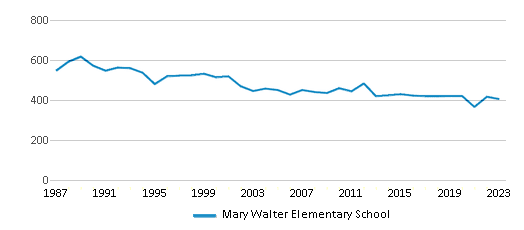
Gender %

Total Classroom Teachers
26 teachers
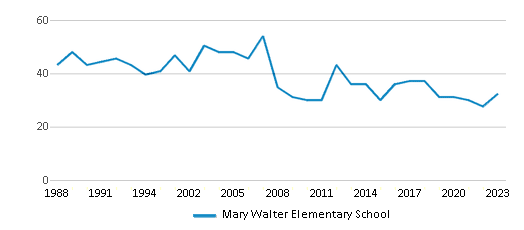
Students by Grade
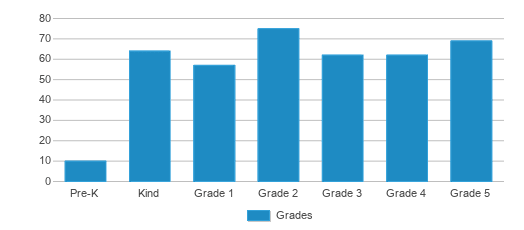
School Rankings
Mary Walter Elementary School ranks within the bottom 50% of all 1,792 schools in Virginia (based off of combined math and reading proficiency testing data).
The diversity score of Mary Walter Elementary School is 0.60, which is less than the diversity score at state average of 0.72. The school's diversity has stayed relatively flat over five school years.
Overall Testing Rank
#1216 out of 1792 schools
(Bottom 50%)
(Bottom 50%)
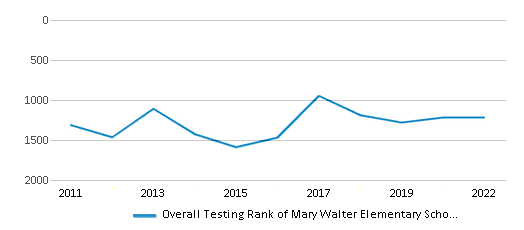
Math Test Scores (% Proficient)
(20-21)40-44%
54%
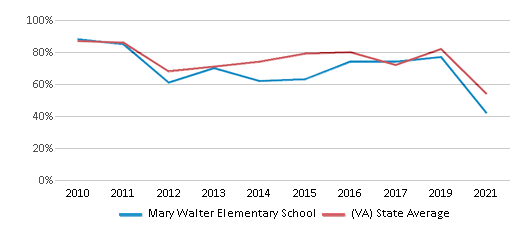
Reading/Language Arts Test Scores (% Proficient)
(20-21)60-64%
69%
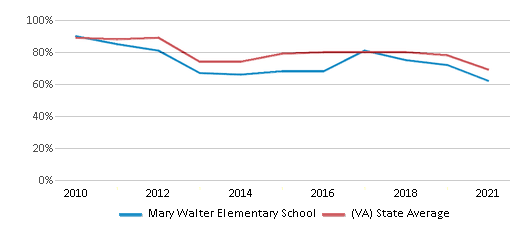
Science Test Scores (% Proficient)
(20-21)40-49%
59%
Student : Teacher Ratio
15:1
14:1
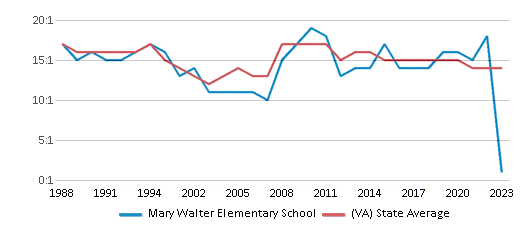
American Indian
n/a
n/a
Asian
1%
8%
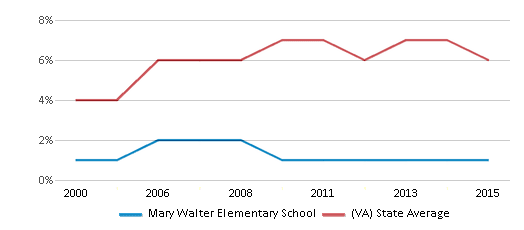
Hispanic
35%
19%
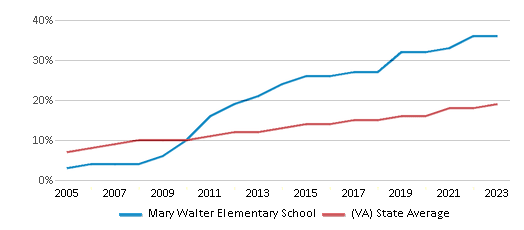
Black
4%
22%
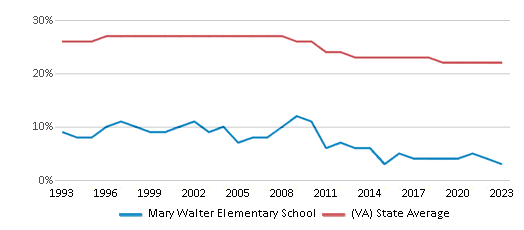
White
53%
44%
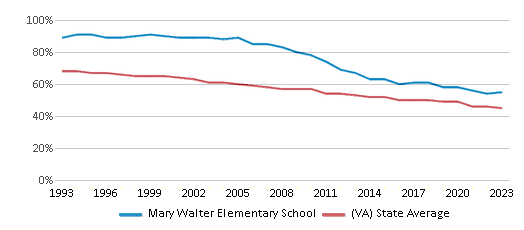
Hawaiian
n/a
n/a
Two or more races
7%
7%
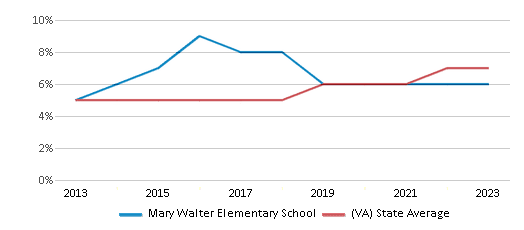
All Ethnic Groups
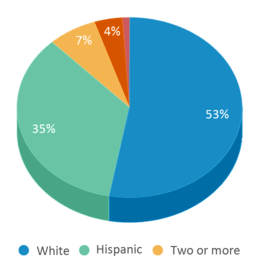
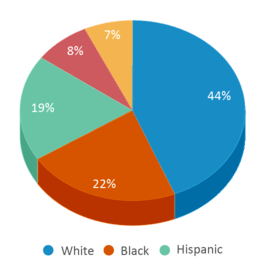
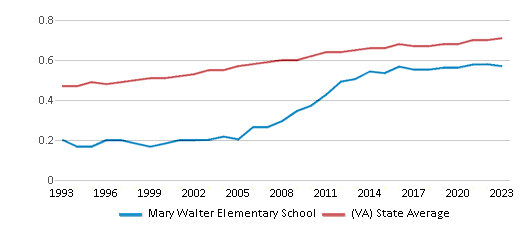
Eligible for Free Lunch
51%
55%
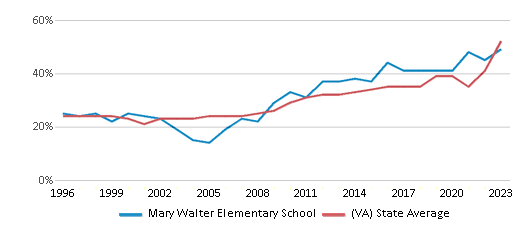
Eligible for Reduced Lunch
5%
2%
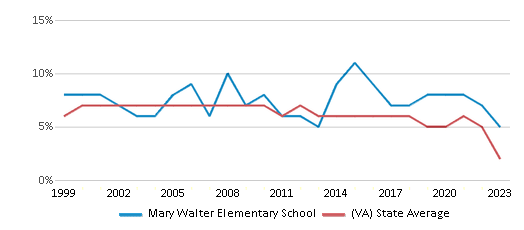
School Statewide Testing
School District Name
Source: National Center for Education Statistics (NCES), VA Dept. of Education
Profile last updated: 02/09/2025
Frequently Asked Questions
What is Mary Walter Elementary School's ranking?
Mary Walter Elementary School is ranked #1216 out of 1,792 schools, which ranks it among the bottom 50% of public schools in Virginia.
What schools are Mary Walter Elementary School often compared to?
Mary Walter Elementary Schoolis often viewed alongside schools like P.b. Smith Elementary School, W.g. Coleman Elementary School, Grace Miller Elementary School by visitors of our site.
What percent of students have achieved state testing proficiency in math and reading?
40-44% of students have achieved math proficiency (compared to the 54% VA state average), while 60-64% of students have achieved reading proficiency (compared to the 69% VA state average).
How many students attend Mary Walter Elementary School?
399 students attend Mary Walter Elementary School.
What is the racial composition of the student body?
53% of Mary Walter Elementary School students are White, 35% of students are Hispanic, 7% of students are Two or more races, 4% of students are Black, and 1% of students are Asian.
What is the student:teacher ratio of Mary Walter Elementary School?
Mary Walter Elementary School has a student ration of 15:1, which is higher than the Virginia state average of 14:1.
What grades does Mary Walter Elementary School offer ?
Mary Walter Elementary School offers enrollment in grades Prekindergarten-5 (offers virtual instruction).
What school district is Mary Walter Elementary School part of?
Mary Walter Elementary School is part of Fauquier County School District.
School Reviews
3 8/26/2019
Mary Walter is a pretty good school. Drama is very common though. Almost every day, there is a new drama. I am a 5th-grade student here and have been there for 6 years. The teachers are pretty good, and some of them are too strict, but, they are the teacher. Talking about drama again, if you try to defend yourself by saying stop! Get away from me! There is a big chance you will get a BIF for defending yourself and the person who was bullying you want to get a BIF
1 5/2/2017
I do not like Mary Walter because every single student in that school always starts drama with my kid. But hey guess what when my kid beats one of the 4th grade student's i don't want to hear you crying to me or giving my kid a BIF for defending herself.
Review Mary Walter Elementary School. Reviews should be a few sentences in length. Please include any comments on:
- Quality of academic programs, teachers, and facilities
- Availability of music, art, sports and other extracurricular activities
Recent Articles

What Is A Charter School?
Explore the world of charter schools in this comprehensive guide. Learn about their history, how they operate, and the pros and cons of this educational innovation. Discover key facts about charter schools, including admission policies, demographics, and funding, as well as what to look for when considering a charter school for your child.

10 Reasons Why High School Sports Benefit Students
Discover the 10 compelling reasons why high school sports are beneficial for students. This comprehensive article explores how athletics enhance academic performance, foster personal growth, and develop crucial life skills. From improved fitness and time management to leadership development and community representation, learn why participating in high school sports can be a game-changer for students' overall success and well-being.

February 05, 2025
Understanding the U.S. Department of Education: Structure, Impact, and EvolutionWe explore how the Department of Education shapes American education, from its cabinet-level leadership to its impact on millions of students, written for general audiences seeking clarity on this vital institution.






